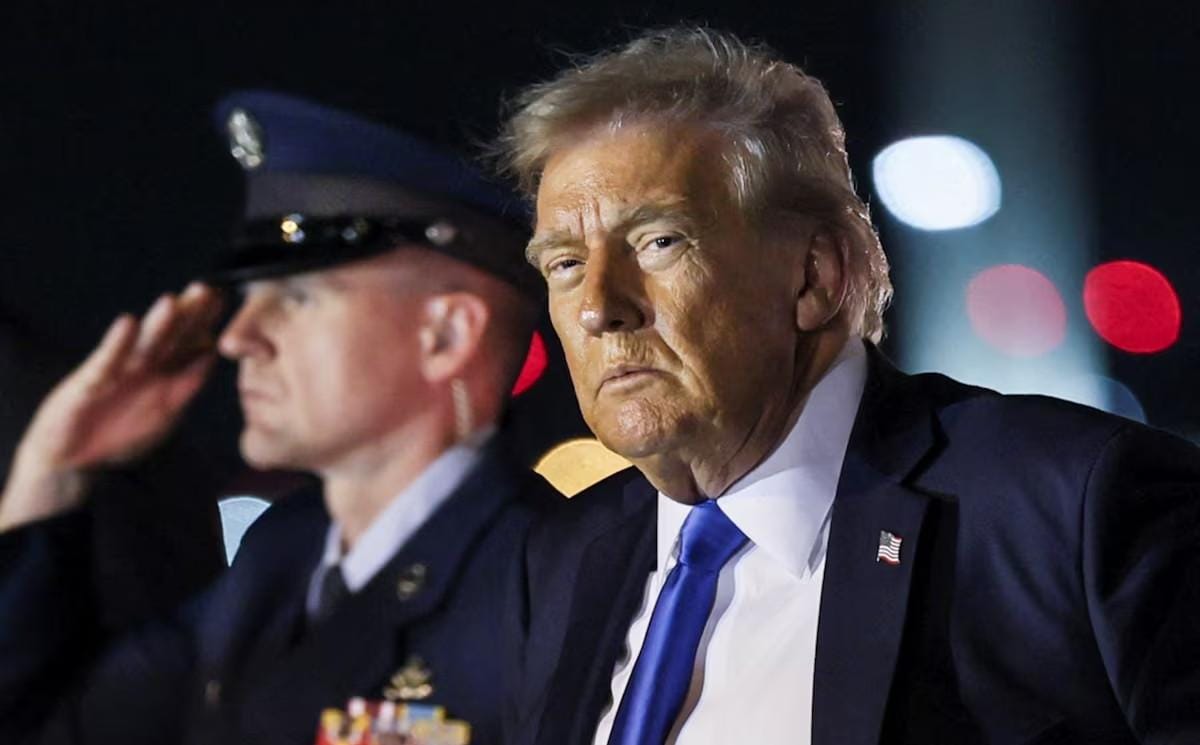Trump Unveils Bold $163 Billion Federal Budget Proposal with Dramatic Spending Cuts and Increased Defense Funding
- by George, Washington, RNG247
- about 6 months ago
- 228 views

In a significant move that promises to reshape the federal budget landscape, President Donald Trump’s administration unveiled a proposal on Friday advocating for a staggering $163 billion cut to federal spending for the upcoming fiscal year. This ambitious budget draft aims to eliminate more than 20% of non-military expenditures, excluding mandatory benefit programs, signaling a marked shift in fiscal policy as Trump embarks on his first budget since regaining the presidency.
The blueprint, referred to as a "skinny budget," was released by the White House Office of Management and Budget (OMB) and emphasizes a radical prioritization of defense and homeland security. According to the proposal, defense spending would soar by 13%, while funding for homeland security would nearly double, increasing by an eye-watering 65% from the budget already in place for 2025. In sharp contrast, non-defense discretionary spending is earmarked for a 23% reduction, representing the lowest funding levels seen since 2017.
OMB Director Russ Vought articulated the overarching goals of the budget, insisting it is designed for a crucial moment in American governance. “We need a historic budget—one that ends the funding of our decline, puts Americans first, and delivers unprecedented support to our military and homeland security,” Vought declared, underscoring the administration's focus on bolstering national security while aiming to trim the government’s fiscal footprint.
The proposal arrives amid a backdrop of growing fiscal concerns, with the federal government currently grappling with a staggering $36 trillion debt. Critics, including some fiscal conservatives and budget analysts, express worry that Trump’s previous tax cuts will escalate this debt trend without generating sufficient spending reductions to counterbalance the financial impulses of the administration.
In tandem with spending cuts, Trump's budget aims to extend the controversial 2017 tax cuts—his major legislative achievement during his first term—that nonpartisan analysts warn could balloon national debt by an additional $5 trillion if prolonged. This dual strategy emphasizes revenue preservation through tax cuts while pursuing deep cuts in government spending.
As lawmakers gear up to draft new spending bills, the White House's budget request serves as both a guideline and a negotiation tool for the Republican appropriators in Congress. Despite the inevitable alterations that Congress may implement, Trump wields considerable influence over the Republican majority, suggesting he may achieve substantial aspects of his budgetary vision.
While the administration maneuvers to initiate the tax cut extension by July 4, it faces emerging challenges such as internal divisions among legislators regarding expenditure proposals, particularly how to compensate for the tax cuts while addressing mounting economic pressures exacerbated by recent tariff policies that are shaking the foundations of global trade.
In a shift that could provoke widespread debate, the budget proposal also signals intentions to severely cut or potentially eliminate funding for the U.S. Department of Education, with assurances that assistance for low-income children will remain intact.
“Donald Trump’s days of pretending to be a populist are over,” asserted U.S. Senator Chuck Schumer, the Senate's leading Democrat. In a pointed critique, he described Trump's policies as an outright “assault on hardworking Americans,” alleging they gut healthcare, slash educational funding, and hollow out programs essential to American families—all while financing tax breaks for the wealthiest individuals and corporations.
As part of the administration’s overarching strategy, the budget seeks an additional $500 million in discretionary funds to enhance border security initiatives and support Trump’s aggressive stance on immigration enforcement, including mass deportations. The proposal also allocates $766 million specifically for the procurement of advanced border security technology, securing resources to maintain a robust presence of 22,000 Border Patrol Agents while also expanding the Customs and Border Patrol workforce.
As discussions in Congress heat up over budget revisions and bipartisan negotiations, the direct effects of Trump's proposed budget on American families and social programs will undoubtedly become a focal point in the rapidly approaching 2026 election cycle.
















0 Comment(s)